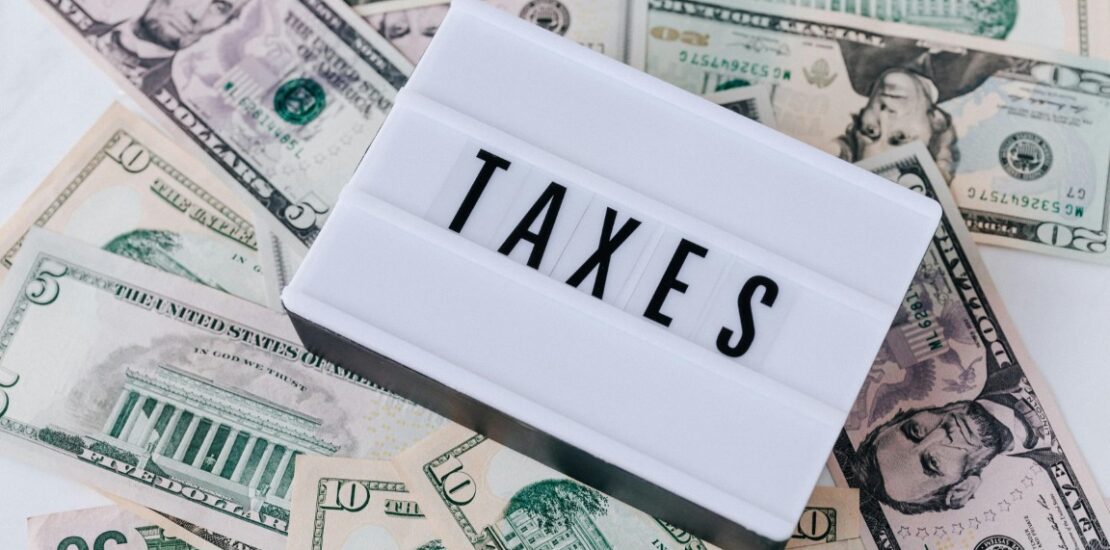Tax Strategy – Capitalization of Tangible Property
- March 17, 2025
- Posted by: Crystal Haight
- Category: Finance

Capitalization of Tangible Property refers to the accounting practice of recording the cost of tangible property (such as buildings, machinery, equipment, or vehicles) as an asset on the balance sheet, rather than expensing it immediately in the period it was purchased. This practice aligns with the matching principle in accounting, which dictates that expenses should be recorded in the same period as the revenue they help generate.
Key Concepts:
- Tangible Property: Physical assets that have a useful life of more than one year and are used in the business, such as machinery, computers, furniture, and buildings.
- Capitalization: The process of recording the cost of an asset on the balance sheet instead of recognizing it as an expense in the income statement right away. Capitalized costs are then depreciated or amortized over time based on the useful life of the asset.
- Depreciation: Over time, the value of capitalized tangible property typically decreases (except for land), and businesses are required to allocate the cost of the asset over its estimated useful life through depreciation.
How It Works:
- When you purchase tangible property (for example, a new computer for your office), instead of immediately expensing the full cost on your income statement, you capitalize it as an asset on your balance sheet.
- This means you add the cost to the asset section of your balance sheet and depreciate it over time (e.g., over 5 years for a computer or 20 years for a building).
- Each year, you deduct a portion of the asset’s cost as depreciation on your income statement, reducing your taxable income.
Example of Capitalization:
Letʼs say you purchase a piece of machinery for $10,000. Instead of deducting the entire $10,000 as an expense in the year of purchase, you capitalize it. Assuming the useful life of the machinery is 10 years, you might depreciate the machinery by $1,000 each year for the next 10 years. Over this period, the $10,000 cost is spread out over the life of the asset.
Tax Implications (U.S. Context):
In the U.S., the IRS has specific rules about when and how to capitalize tangible property costs. Under the Tax Cuts and Jobs Act (TCJA), businesses can choose to expense certain qualifying property immediately under Section 179 or depreciate it over a longer period using Bonus Depreciation.
- Section 179: Allows businesses to expense up to a certain limit for qualifying property in the year it’s purchased, subject to limitations based on the size of the business and the total amount spent on property.
- Bonus Depreciation: A special depreciation rule that allows businesses to deduct a larger portion (sometimes 100%) of the cost of qualifying property in the first year.
How You Can Use Capitalization of Tangible Property:
- Accurate Financial Reporting: Capitalizing your tangible property costs ensures your financial statements reflect the long-term value of your assets, rather than showing a large, one-time expense.
- Tax Planning: Capitalization can help manage your tax liability. Instead of taking an immediate deduction that could lead to large fluctuations in taxable income, you can spread the deductions over several years via depreciation.
- Cost Management: Capitalizing large equipment or property expenses allows for better cost management, as depreciation reduces your taxable income gradually over time.
- Complying with Accounting Standards: Following accounting principles such as GAAP (Generally Accepted Accounting Principles) or IFRS (International Financial Reporting Standards) is important for financial transparency, especially if you plan to attract investors or lenders.
- Software and Tools: Many accounting software programs can help you manage the capitalization process, track depreciation schedules, and ensure compliance with tax rules.
Practical Example:
Suppose you buy an office building for $500,000. Rather than expensing the full $500,000 in the year of purchase, you would capitalize the asset. Assuming the building has a useful life of 30 years, you would typically depreciate it over this period using a method such as straight-line depreciation, where each year you deduct about $16,667 ($500,000 / 30) as depreciation.
In summary, capitalization of tangible property is an essential practice that allows businesses to account for large, long-term assets in a way that aligns with both accounting principles and tax laws. By capitalizing these costs and spreading them over the life of the asset, you can manage both your financial statements and tax obligations effectively.
IRS Guide: Capitalization of Tangible Property Audit Technique Guide
